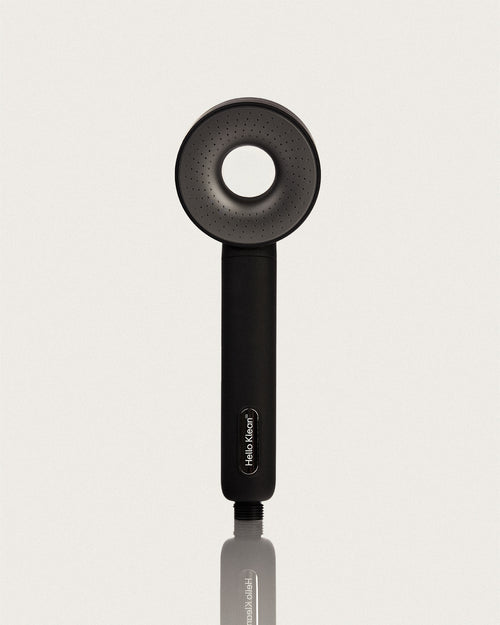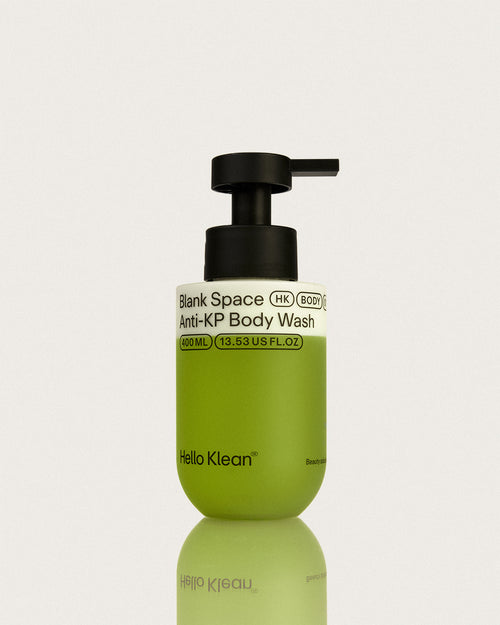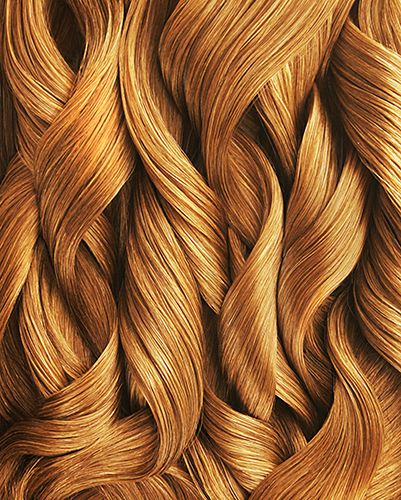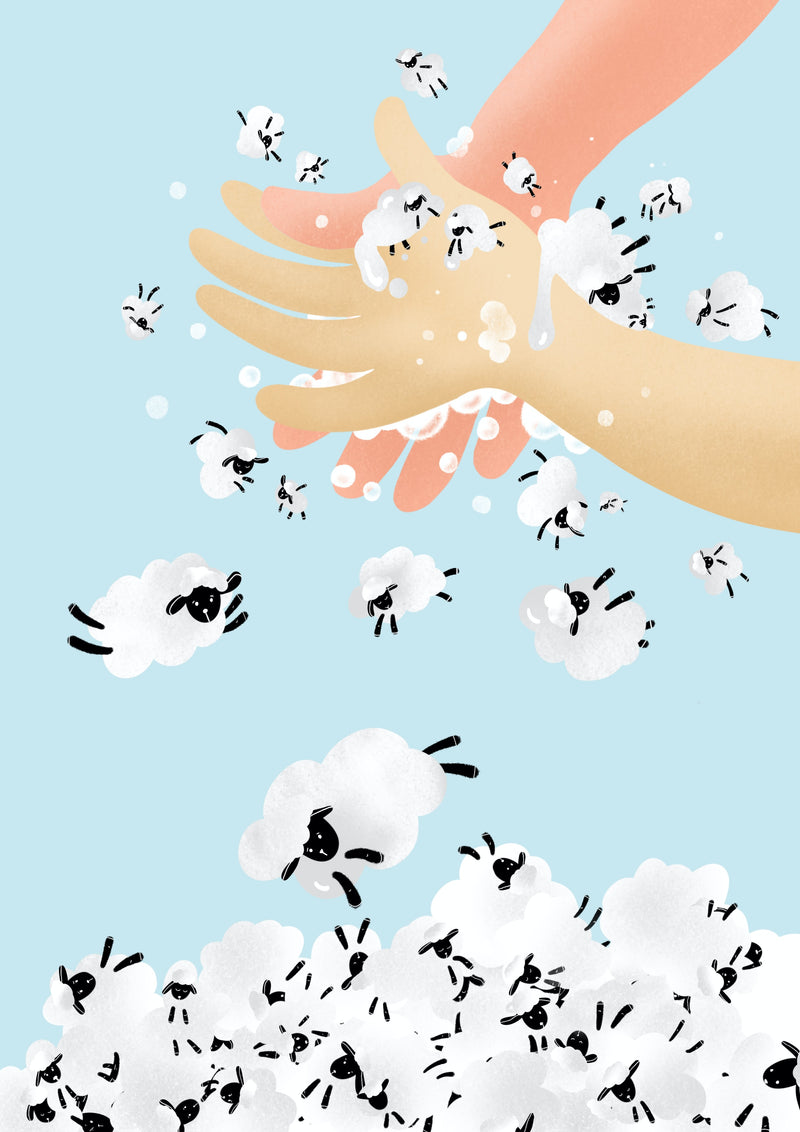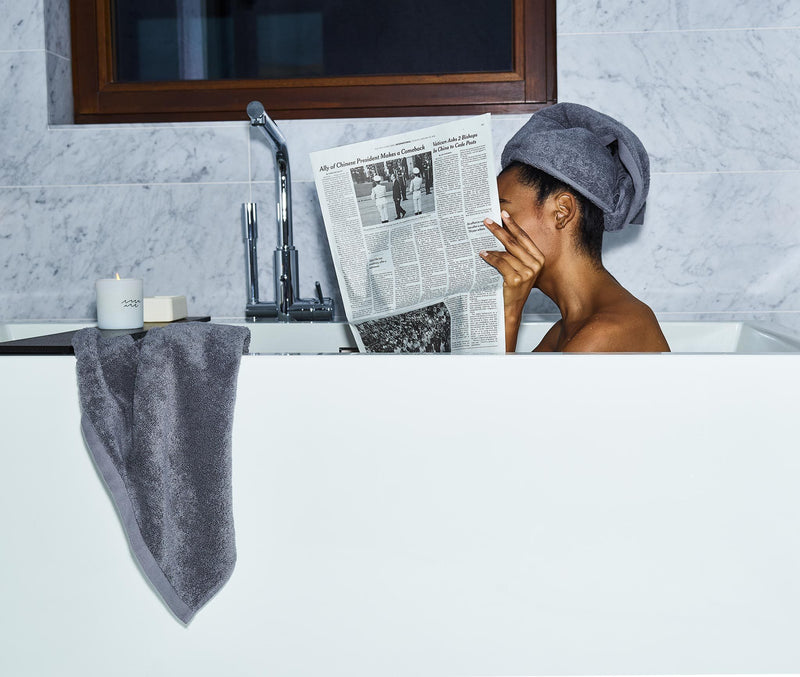Did you know that every day, millions of people drink and bathe in chlorinated tap water? In the US alone, over 98% of water supply systems use the water chlorination method to disinfect tap water.

Chlorine, a chemical also found in disinfectants and bleach, is the primary methodology used for water purification. It kills disease-causing germs and micro-organisms and helps make water safer to consume. Before water chlorination was used, cholera, typhoid fever, and other diseases used to kill thousands of Americans yearly. Water chlorination, among other purification processes, has been crucial in eliminating these diseases in the US and other developed nations.
How does the process work? First, chlorine gas, liquid sodium hypochlorite, or dry calcium hypochlorite is added into water. Once applied, it forms into 'free chlorine' to help combat pathogenic organisms.
Water chlorination is widely used due to the following reasons:
- Effectively kills pathogens
- Reduces smell caused by algae secretions and sulfides
- Reduces slime bacteria, molds that commonly grow in water supply reservoirs, on the walls of water mains, and in storage tanks
- Prevents microbial growth in the water distribution system
- Easily monitored and controlled
DOWNSIDES OF CHLORINATED WATER
In recent years, some European countries have found other methods for water treatment to reduce the harmful side-effects of chlorine byproducts and improve the taste. Countries like Germany, the Netherlands, and Switzerland began the implementation of potable water delivery systems.
When chlorine combines with natural organic matter in tap water, harmful byproducts such as Trihalomethanes are produced. These byproducts product free radicals in your body, and can trigger cell damage, even in small amounts.

Based on a report conducted by the US Council of Environmental Quality, the cancer risk for people who drink chlorinated water is 93% higher than those who don't. Another research published in Environmental Health Perspectives suggested that chlorine byproducts are associated with an increased risk of bladder and rectal cancers.
Is shying from drinking tap water the solution? Not necessarily, chlorine in your shower water can negatively impact your health as well.
In a study published by The Cancer Institute of New Jersey, Environmental and Occupational Health Sciences Institute, it is determined that inhalation is a significant exposure route as well. During showers, we tend to inhale steam from the hot water. And this exposure from a typical 10-15 min shower contributes significantly to the inhalation of chloroform and THMs. Drinking a glass of chlorinated water or showering in it won't put you in the emergency room, but the damages to your health can accumulate over time.
COMPLICATIONS TO YOUR HAIR AND SKIN
So you'd wash your hair after going to the pool. Not only because it smells like chlorine, but probably also because your skin and hair feel dry. For those of us with highlights, chlorine can bond with iron compounds in your pipes and oxidize dyed hair into a brassy shade.

Showering in chlorinated water can irritate your skin too. If you suffer from skin conditions like eczema or psoriasis, chlorine can increase skin sensitivity, in return, triggering the symptoms.
SOLUTIONS: COMBAT CHLORINE AT HOME
Despite these issues, the World Health Organization states that "the risks to health from these byproducts are minimal in comparison with the risks associated with inadequate disinfection." Ultimately, the chance of illness and death resulting from exposure to pathogens is higher than the risk of disinfection byproducts. But for those of us who want to err on the safe side, there are easy solutions to help combat chlorine.
TIPS FOR BETTER DRINKING WATER
One option is to fill a carafe with tap water and let it sit in the refrigerator for a day, and the chlorine will evaporate in 24 hours. Another option is to boil the water before consumption, as high temperatures will also remove chlorine. The safest alternative is to install a drinking water filter on your kitchen tap to combat chlorine by filtering them out.
ADD A SHOWER FILTER TO YOUR WELLNESS ROUTINE
On a side note, if you aren't comfortable drinking chlorinated water, why shower in it? Minimizing the potential effects of these chemicals is essential for better health and better showers. KLEAN shower filter removes over 90% of chlorine from your showers. We use an NSF certified medium called KDF, which applies a process known as REDOX to transform chemicals and metal ions into harmless substances for your hair and skin.

KDF utilizes a combination of copper and zinc to create an electro-chemical reaction. During this process, electrons transfer between molecules to create new elements and harmful contaminants transforms into harmless components. Free chlorine, for instance, is transformed into benign, water-soluble chloride.
With the same reaction, some heavy metals such as copper, lead, mercury, and others, react to plate out onto the medium's surface as well.Read more the lab reports on from our KDF manufacturer here
